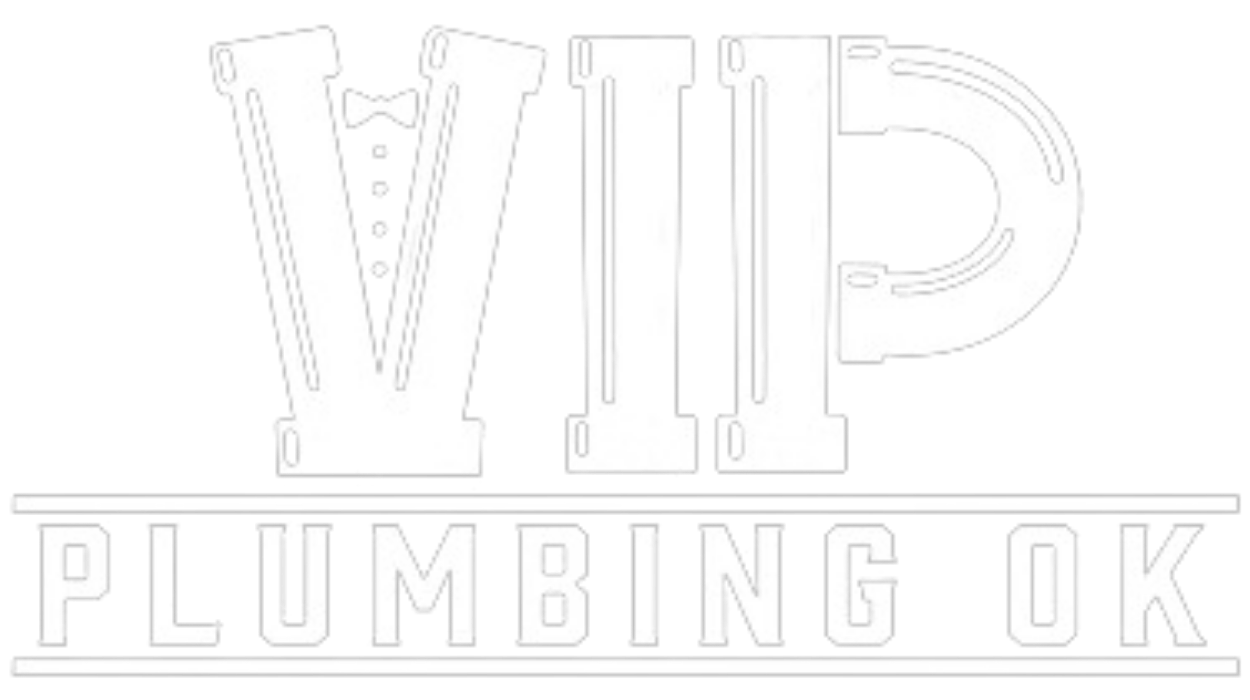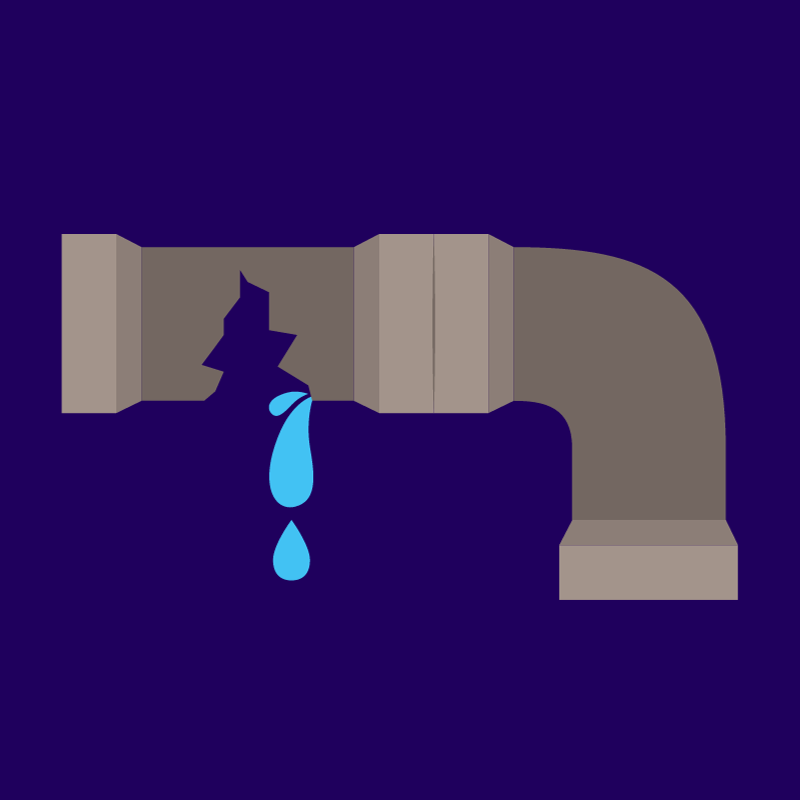Corrosion is a significant issue in the world of plumbing. It is an electrochemical process by which plumbing systems deteriorate as a result of oxidation. If corrosion is left untreated, it will lead to severe damage to your home’s infrastructure and plumbing emergencies.
Pipe corrosion is one of the common reasons plumbing pipes stop functioning properly. Different types of pipe materials corrode in different ways, but corrosion always weakens pipe walls causing low water pressure, blockages, leaks, and burst pipes.
In this article, we will look at the different types of corrosion, the causes of pipe deterioration, and the signs to watch for that indicate your pipes are being affected. We will also discuss how corrosion negatively affects your plumbing pipes and fixtures.
Causes Of Corrosion
There are many reasons why pipes corrode, from the makeup of the water coming in contact with them to the speed at which that water travels. Here are common causes of pipe deterioration.
The makeup of the water coming in contact with your pipes will determine if corrosion will take place. Water with a pH level lower than 8 is considered acidic and acidic water will erode pipe linings more quickly than non-acidic water.
Additionally, corrosion will be more prominent in water that has a high concentration of dissolved oxygen. Oxygen degrades metal turning it into an oxide which is another name for rust. Rust is one form of corrosion.
Temperature matters as well. The higher the water temperature, the faster the rate of oxidation and the more quickly corrosion will occur. Pipes that carry hot water are far more prone to corrosion.
Finally, corrosion can be exacerbated by high-velocity water, which slowly but surely adds hydraulic wear and tear and a thinning of the pipe material. Often this increased velocity occurs in pipes that use a pump to move water.
Signs Your Pipes Are Affected
There are several signs that your pipes are corroding and need attention. Becoming aware of these signs will aid you in countering this destructive occurrence.
Discolored water is a common indicator your pipes are being affected by corrosion. Steel or iron pipes that are affected will produce brown water, and copper piping will cause water to turn a blue-green. Metallic-tasting or metallic-smelling water is also a frequent sign associated with corroding pipes.
Corrosion on the interior of pipes leads to low water pressure as years of corrosive material build-up narrows the pipe’s interior leaving less room for water to pass. Poor pressure is an inconvenience but also a sign your plumbing pipes are failing.
Since corrosion is the deterioration of pipe material, a natural consequence is pipe leaks. It takes years for corrosion to fully take hold which means the plumbing system is aging, weakened, and prone to leaking. Years of wear and tear combined with corrosive material accumulation inevitably will lead to leaking pipes.
If you experience temperature fluctuations in your water with blasts of hot water intermingled with cooler water, you may have a corrosion issue. A failing hot water heater may be the issue. Pipes carrying hot water, such as those attached to your water heater, are prone to corrosion. Water heaters are even equipped with anode rods to help relieve the effects corrosion has on storage tanks.
Types Of Corrosion
General Corrosion
General corrosion is corrosion that attacks the entire surface of a pipe’s lining. It is caused by chemical or electrochemical reactions and affects the full length of the pipe.
Localized Corrosion
There are 3 subcategories of localized corrosion. Pitting corrosion will create small holes or cavities in a pipe’s interior. A second category, known as crevice corrosion, occurs in pipes where water lies stagnant and is most likely to affect pipe joints. The third group is known as filiform. This type of corrosion occurs underneath the protective coatings applied to plumbing pipes.
Galvanic Corro
This type of corrosion occurs when 2 dissimilar types of pipe come in contact with one another. An example would be when a galvanized pipe is attached to a copper pipe, creating a weak spot between the two. The use of a rubber-lined fitting will prevent this type of corrosion from occurring.
Results Of Pipe Corrosion
Pipe corrosion can lead to premature replacement of water heaters, plumbing fixtures, and water-using appliances. Thinning, pitted, and corrosion-filled pipes are prone to leaking and, if left unattended, may lead to exploding water heater tanks and burst plumbing pipes causing costly repairs and possible health hazards.
Pipe corrosion also leads to poor water quality. Corroding copper pipes lead to bad-tasting and smelling water, and lead piping poses serious health issues. Another contributor to poor quality water is bacteria common in older plumbing which can also negatively affect health.
Discoloration of toilets, sinks, and water outlets is a common result of pipe corrosion, leaving your fixtures aesthetically unappealing and hard to clean. If you find your plumbing fixtures are becoming discolored let it be a reminder your pipes need attention.
Corrosion also leads to scale. Scale is a buildup of minerals found in hard water such as calcium and magnesium. Scale is frequently seen in hot water heaters, showerheads, and water faucets, as it requires high temperatures and pressure to form. As water flows through pipes and is heated, it becomes more pressurized, causing the minerals to precipitate out of the solution. They then cling to your pipes and plumbing fixtures, leading to all types of issues.
Need A Plumber To Fight The Effects Of Corrosion?
As we have seen, corrosion can wreak havoc on a plumbing system, deteriorating pipes, causing poor water quality, and can lead to early replacement of plumbing fixtures and appliances.
We recommend yearly inspections of your plumbing system to counter the ill effects of corrosion and prevent unnecessary and costly repairs. Taking care of your plumbing will help you avoid plumbing emergencies and bring you peace of mind your plumbing is in the best condition possible.
Call us to schedule a plumbing inspection today!

